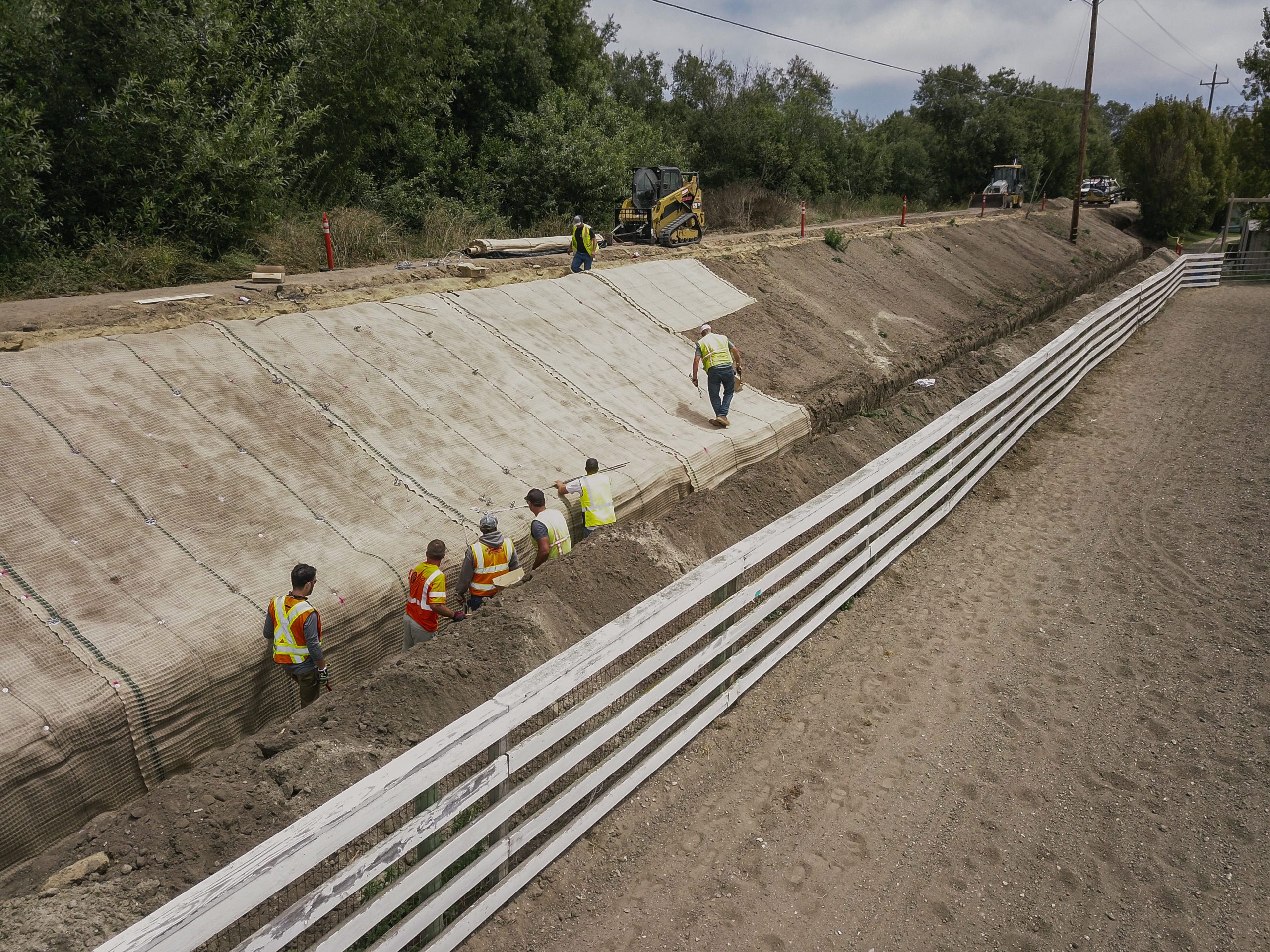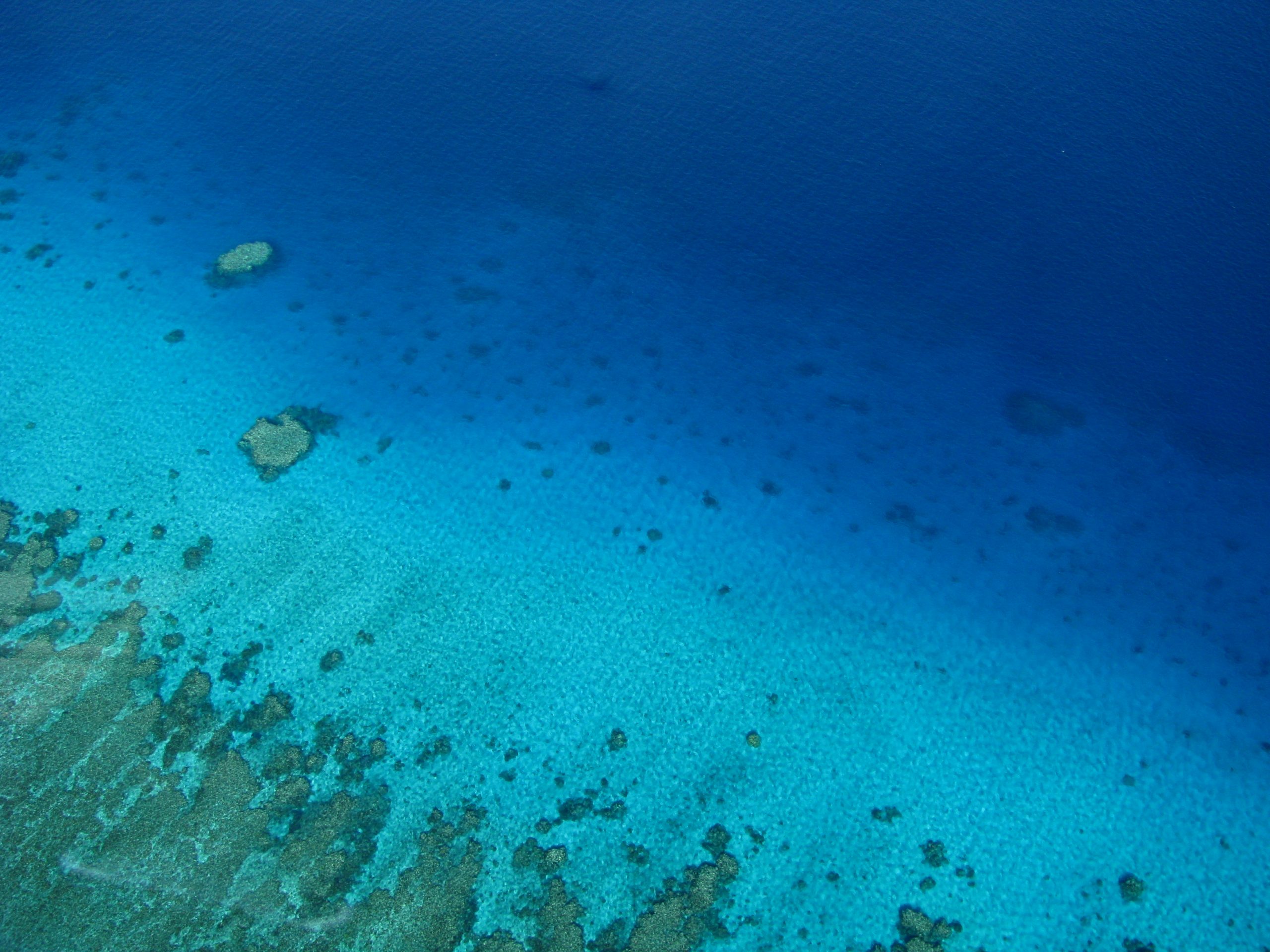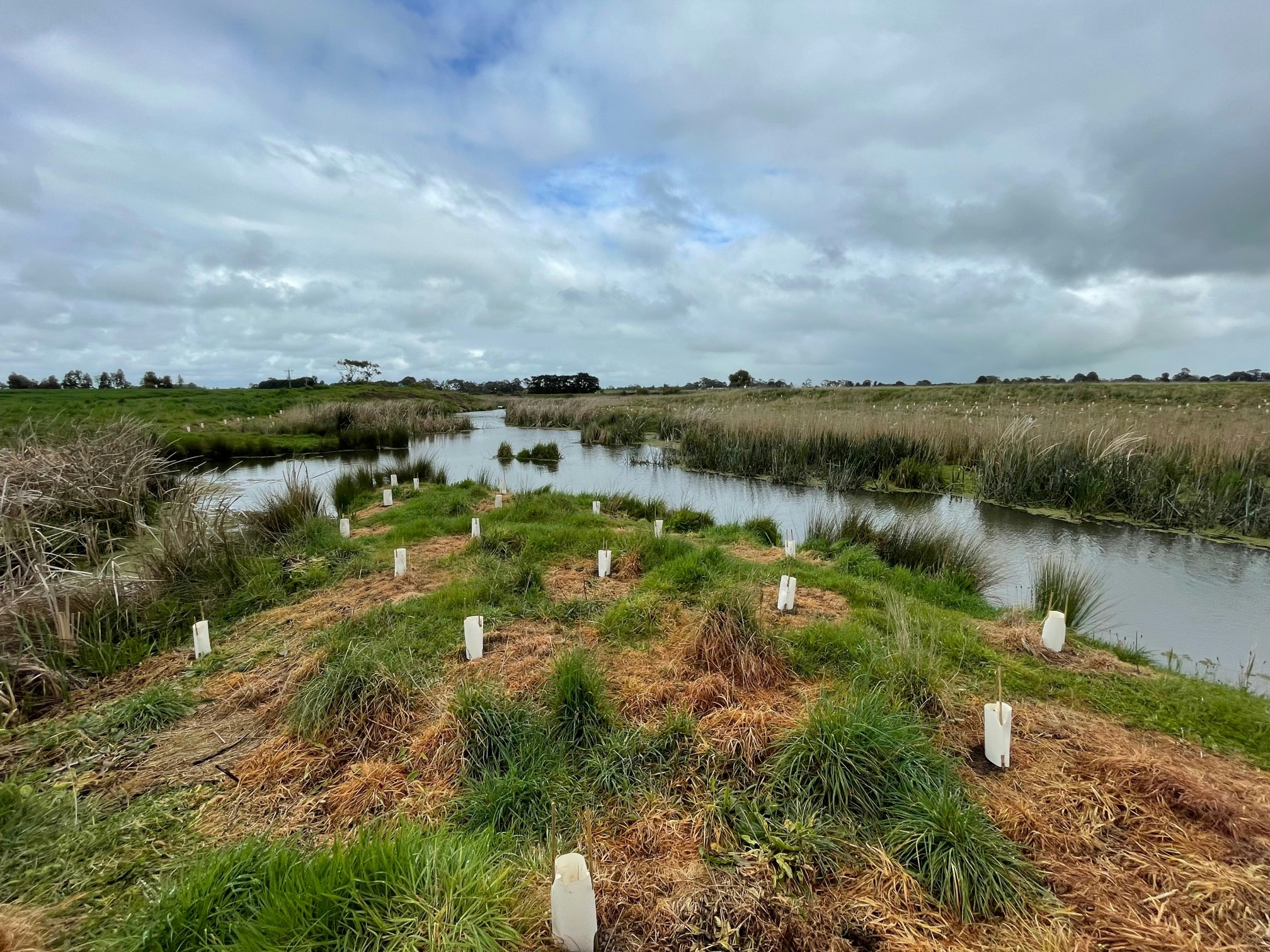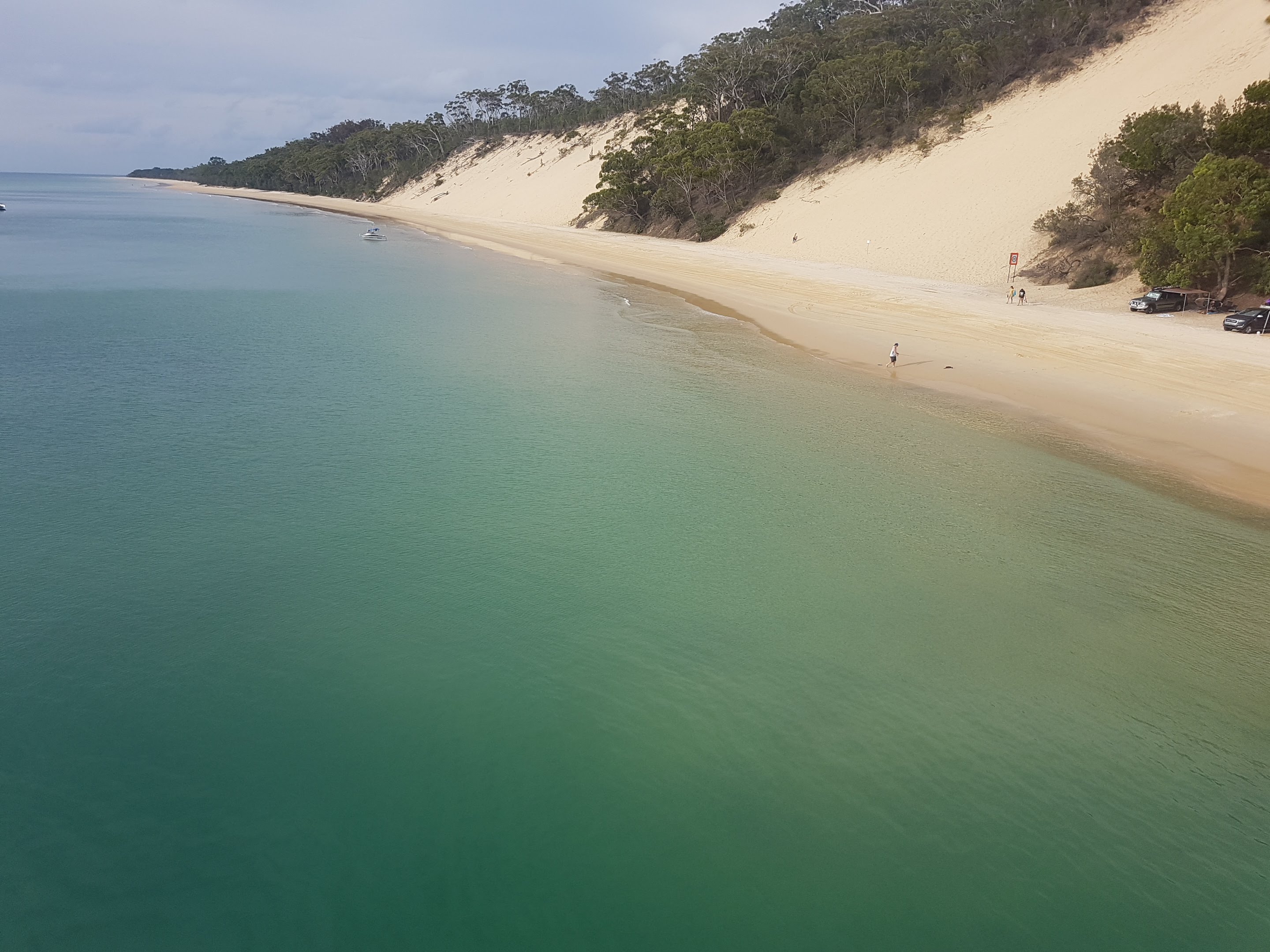The Revitalization Of The Rio Tietê: A Blueprint For Sustainable Urban Waterway Management
Source: waterbydesign.com.au
In 2005, O Estado de S. Paulo published a special report on the conditions of the Rio Tietê, a river in São Paulo, Brazil. The report revealed that the river was so polluted that it had become toxic for aquatic life and could not be used for irrigation or drinking. Urgent action was needed to address the pollution problem.

Urban waterway editorial photography. Image of china - 131362967 - Source www.dreamstime.com
In 2007, the Brazilian government launched the Tietê River Revitalization Project, a multi-phase project to improve the water quality of the Rio Tietê and restore its functionality as a waterway. The project involved the construction of new sewage treatment plants, the creation of new recreation areas, and the planting of trees along the riverbanks.
The project has been a success, and the Rio Tietê is now once again a clean river that can be used for irrigation and drinking. The project has also created new recreation areas, and the riverbanks are now planted with trees, which provide shade and help to filter the water.
The Revitalization of the Rio Tietê is a blueprint for sustainable urban waterway management. The project has shown that it is possible to clean up a polluted river and restore its functionality as a waterway. The project has also created new recreation areas and improved the quality of life for people who live near the river.
FAQ
This FAQ section provides answers to commonly asked questions and addresses potential misconceptions regarding the revitalization of the Rio Tietê. These questions cover various aspects of the project, including its goals, challenges, and anticipated outcomes.

Arroyo Grande Creek Waterway Management - Cannon - Source cannoncorp.us
Question 1: What are the primary objectives of the Rio Tietê revitalization project?
The project aims to transform the Rio Tietê into a vibrant urban waterway by improving water quality, enhancing biodiversity, and creating accessible green spaces. It seeks to address longstanding environmental issues, such as pollution and sewage discharge, while also promoting sustainable development and community well-being.
Question 2: How will the project address the challenges of water pollution and sewage discharge?
The project incorporates a comprehensive strategy to reduce pollution and improve water quality. This includes upgrades to wastewater treatment plants, implementation of green infrastructure, and promotion of sustainable agricultural practices in the river's watershed. By addressing these sources of contamination, the project aims to restore the ecological health of the river and make it safe for aquatic life and recreational activities.
Question 3: What is the significance of creating green spaces along the river?
Green spaces, such as parks and trails, provide numerous benefits to urban communities. They offer recreational opportunities, improve air and water quality, and contribute to overall well-being. By creating these spaces along the Rio Tietê, the project aims to enhance the river's aesthetic appeal, attract visitors, and promote a healthy and active lifestyle for residents.
Question 4: How will the revitalization project impact the local economy?
The project is expected to have a positive impact on the local economy by attracting tourism, creating jobs in construction and maintenance, and supporting businesses in the surrounding areas. The improved water quality and green spaces will also enhance the overall attractiveness of the region, making it a desirable destination for residents and visitors alike.
Question 5: What are the expected environmental outcomes of the project?
The revitalization project is designed to significantly improve the environmental health of the Rio Tietê. By reducing pollution and enhancing biodiversity, the project aims to restore the river's natural ecosystem and create a more sustainable environment for both humans and wildlife. The improved water quality will support aquatic life, while the green spaces will provide habitat for birds, insects, and other species.
Question 6: How can the community be involved in the revitalization project?
Community involvement is crucial to the success of the Rio Tietê revitalization project. Residents are encouraged to participate in public meetings, provide feedback, and volunteer in cleanup efforts. By working together, the community can ensure that the project meets their needs and creates a positive legacy for future generations.
In conclusion, the revitalization of the Rio Tietê is an ambitious and necessary undertaking that has the potential to transform the river into a vital asset for the city of São Paulo. The project addresses longstanding environmental challenges, promotes sustainable development, and enhances community well-being. Through collaboration and innovation, the project aims to create a vibrant and healthy urban waterway that will benefit residents and visitors for generations to come.
The project is a testament to the importance of urban waterway management and serves as a model for other cities facing similar challenges. By restoring the ecological health of the Rio Tietê, the project not only improves the environment but also enhances the quality of life for all who interact with it.
Tips
The revitalization of the Rio Tietê, as outlined in The Revitalization Of The Rio Tietê: A Blueprint For Sustainable Urban Waterway Management, provides a comprehensive framework for managing urban waterways sustainably. By implementing these tips, cities can revitalize their waterways, improve water quality, enhance biodiversity, and create vibrant public spaces.
Tip 1: Conduct comprehensive water quality monitoring.
Regular monitoring of water quality parameters, such as dissolved oxygen, nutrients, and heavy metals, provides a baseline for assessing the health of the waterway and tracking progress over time. This data can identify pollution sources, prioritize remediation efforts, and inform management decisions.
Tip 2: Implement innovative stormwater management techniques.
Green infrastructure, such as rain gardens and bioswales, can capture and filter stormwater runoff, reducing pollutant loads entering the waterway. Permeable pavements and cisterns can also store and infiltrate rainwater, mitigating flooding and replenishing groundwater.
Tip 3: Enhance riparian vegetation.
Planting native trees and shrubs along the banks of the waterway stabilizes the shoreline, provides shade and habitat for wildlife, and filters pollutants from runoff. Riparian vegetation also improves aesthetic appeal and creates a buffer between the waterway and adjacent development.
Tip 4: Create accessible public spaces.
Developing parks, trails, and other recreational amenities along the waterway enhances community engagement, promotes physical activity, and provides opportunities for education and environmental stewardship. These public spaces also connect people to the waterfront and foster a sense of place.
Tip 5: Engage stakeholders and foster community involvement.
Collaboration among local governments, community groups, businesses, and residents is crucial for successful waterway revitalization. Engaging stakeholders in the planning and implementation process builds support, ensures diverse perspectives are considered, and promotes long-term stewardship.

Paper: Blueprint for Improving Waterway Management - Water by Design - Source waterbydesign.com.au
By adopting these tips, cities can transform their urban waterways into thriving ecosystems that enhance water quality, biodiversity, and community well-being.
The Revitalization Of The Rio Tietê: A Blueprint For Sustainable Urban Waterway Management
The revitalization of the Rio Tietê is a comprehensive undertaking that encompasses various dimensions of sustainable urban waterway management. Key aspects of this endeavor include:
- Water Quality Improvement
- Flood Risk Mitigation
- Biodiversity Enhancement
- Recreational Opportunities
- Economic Development
- Community Engagement
These aspects are interconnected and essential for the success of the project. Water quality improvement requires addressing pollution sources, implementing wastewater treatment technologies, and promoting sustainable land use practices. Flood risk mitigation involves constructing flood control structures, restoring natural floodplains, and improving drainage systems. Biodiversity enhancement focuses on restoring aquatic habitats, planting native vegetation, and creating wildlife corridors. Recreational opportunities can be created through the development of parks, trails, and water-based activities. Economic development can be fostered by attracting businesses and investments to the revitalized area. Finally, community engagement is crucial to ensure project buy-in, promote stewardship, and create a sense of ownership.

WGCMA | Waterway Management Plan - Source wgcma.vic.gov.au
The Revitalization Of The Rio Tietê: A Blueprint For Sustainable Urban Waterway Management
The Revitalization Of The Rio Tietê: A Blueprint For Sustainable Urban Waterway Management is a comprehensive plan that outlines a range of measures to improve the water quality, ecological health, and flood protection of the Rio Tietê, one of the most polluted rivers in Brazil. The plan includes a mix of structural and non-structural measures, such as wastewater treatment plants, riverbank restoration, and public education campaigns. The plan is based on the principles of integrated water resources management, which recognizes the importance of considering the entire watershed when making decisions about water management.

The Blueprint for Improving Waterway Management - Water by Design - Source waterbydesign.com.au
The Revitalization Of The Rio Tietê is a major undertaking, but it is essential to protect the health of the river and the people who depend on it. The plan is a blueprint for sustainable urban waterway management, and it is a model that can be replicated in other cities around the world.
The Rio Tietê is a vital resource for the city of São Paulo, Brazil. It provides drinking water, irrigation, and transportation. However, the river has been severely polluted by industrial and sewage discharge. The Revitalization Of The Rio Tietê is a plan to clean up the river and restore it to its former glory.
The plan includes a number of measures to reduce pollution, such as building new wastewater treatment plants, improving existing ones, and enforcing stricter environmental regulations. It also includes measures to restore the river's ecosystem, such as planting trees, restoring wetlands, and creating fish passages. The plan is expected to cost billions of dollars and will take many years to complete. However, it is essential to the future of São Paulo and its residents.
Express Entry Draw: Latest Updates On Invitations And Eligibility, Invictus Games 2023: Opening Ceremony Marks A Triumphant Return, Radio Bandeirantes: The Voice Of Brazil For News, Sports, And Entertainment, LGPD Compliance: A Guide For Businesses And Individuals, Miguel Cabral: Digital Marketing Expert, Web Design Master, And SEO Wizard, Vitória SC Vs Avai: Key Matchup And Preview In Brazilian Série A, Doechii's Grammy Nomination: Breaking Barriers And Empowering Women In Hip-Hop, Besiktas Triumphs Over Kırklarelispor In Thrilling Football Encounter, Londrina And Azuriz: Unrivaled Rivalry In The Heart Of Paraná, Fluminense Vs. Flamengo: The Historic Rio Derby Clash,